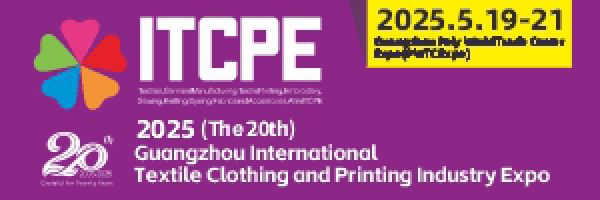Iran has managed to export $490 million worth of handicrafts during the first nine months of the current Iranian calendar year, said Head of Iran’s Cultural Heritage, Handicrafts and Tourism Organization (ICHTO).
In an address to the people of Meybod in the central province of Yazd on Tuesday, Ali Asghar Mounesan said a total of $190 million worth of handicrafts has been exported through customs points.
“The rest, namely $300 million, has been exported by foreign tourists who visited Iran in the first nine months of the current Persian year,” he was quoted as saying in a report by ISNA.
Iran, as one of the most ancient civilizations of the world, and the land of many tribes so different in culture, lifestyle, and tradition has enjoyed a wide variety of handicrafts during the history. Persian handicrafts, each narrating the stories of the culturally diverse populations in different parts of Iran, are among the best souvenirs for the tours to Iran.
Iranian weavings are well-known for their antiquity, elegance, durability and variety. The most famous one is Persian carpet. It has been used as the covering for floors for thousands of years in Great Persia. Different geometrical shapes, medallions, tendrils, and figures of plants and animals woven with local materials specific to each area, inspired by the natural environment, remind people of colourful Persian gardens; full of flowers and birds. Persian rugs woven by nomads are different in style and design. The most prominent nomad rugs include Gabbeh, Kilim and Jajim.
Iranian fabric named Qalamkar is made by hand drawing or printed by the use of patterned wooden stamps. Termeh is another Iranian hand-woven cloth, primarily produced in Yazd. Its weaving is very delicate and time-taking. The most famous of the factories producing traditionally woven Termeh is called Rezaei Termeh.
Another kind of Persian weaving embroidery is Zardoozi. It is making designs using gold and silver threads, pearls and precious stones. Nowadays, copper wires polished by gold or silver, and silk threads are used as well. It also includes Goldoozi (embroidery stitches), Baluchi Suzandoozi (needlework), Sekkeh doozi (shisha embroidery), Rashti Qollabdoozi (special kind of broderie), and Kermani Pateh doozi (a style of Iranian embroidery).
Persian art of handicrafts go beyond textile weaving. It includes metal works, wood works, pottery, miniature, calligraphy, straw-made products, mosaic and stone.




















